The James Webb Space Telescope will truly do what Hubble only dreamed of
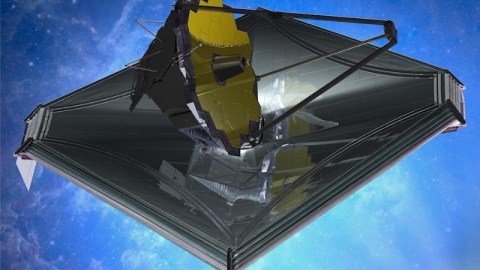
Why it’s not “the next Hubble,” but “the first James Webb.”
“…because that goal will serve to organize and measure the best of our energies and skills; because that challenge is one that we are willing to accept, one we are unwilling to postpone.” –John F. Kennedy
In 1990, NASA launched the Hubble Space Telescope. This observatory would come to revolutionize not only our scientific understanding of the Universe, but would reveal to humanity, for the first time, what our Universe actually looked like. We could peer inside the densest, most gas-and-dust-rich star forming nebulae, and see exactly how and were stars were beginning to form.
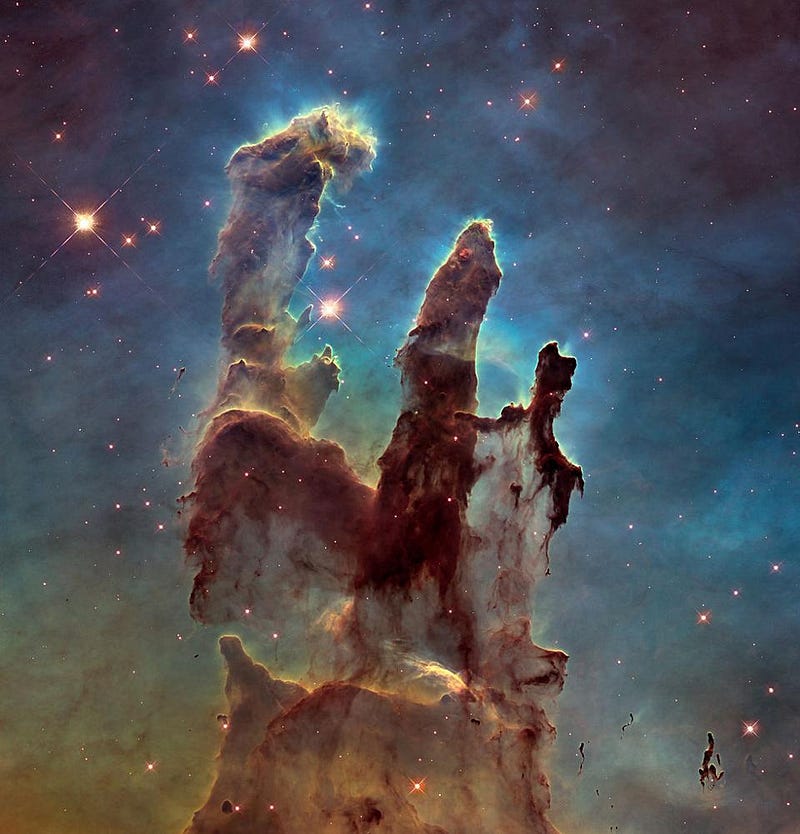
We could look out at dying stars, reaching the end of their lives, and see exactly what their final moments in the Universe looked like.
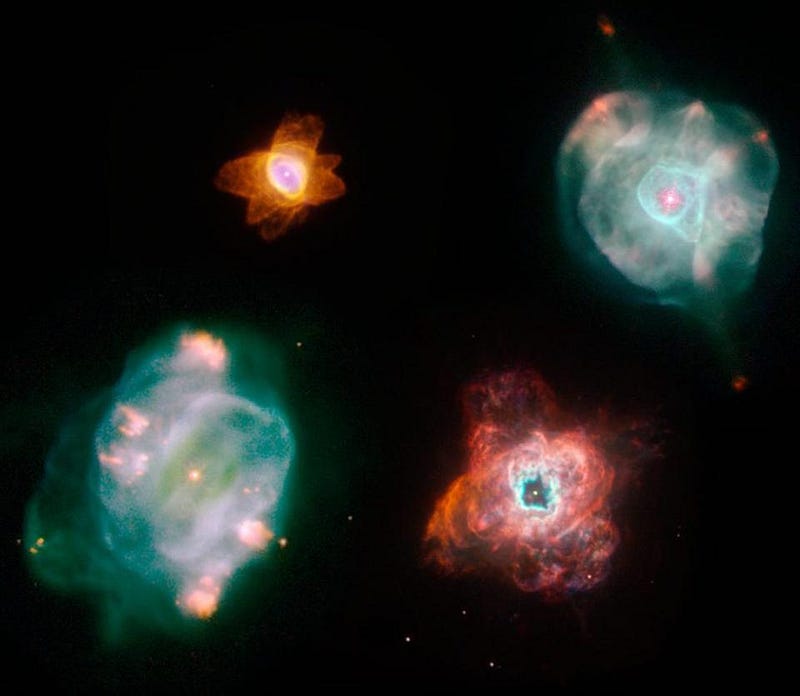
We could look out at distant galaxies, and reveal their shapes, ages, stellar populations and histories with simply a glimpse.
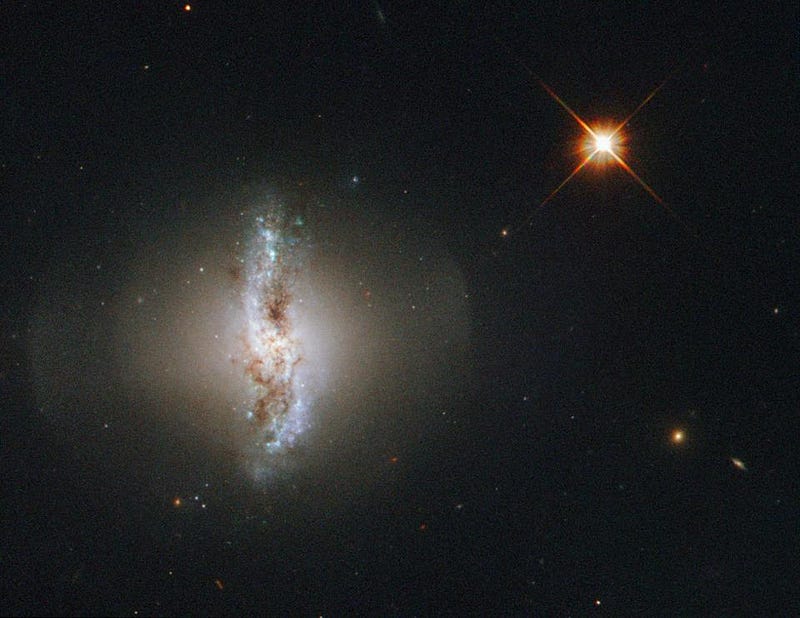
We could look out at the largest gravitationally bound structures in the Universe, and see how mass bent starlight, giving us a firsthand, visual look at the stunning phenomenon of gravitational lensing.
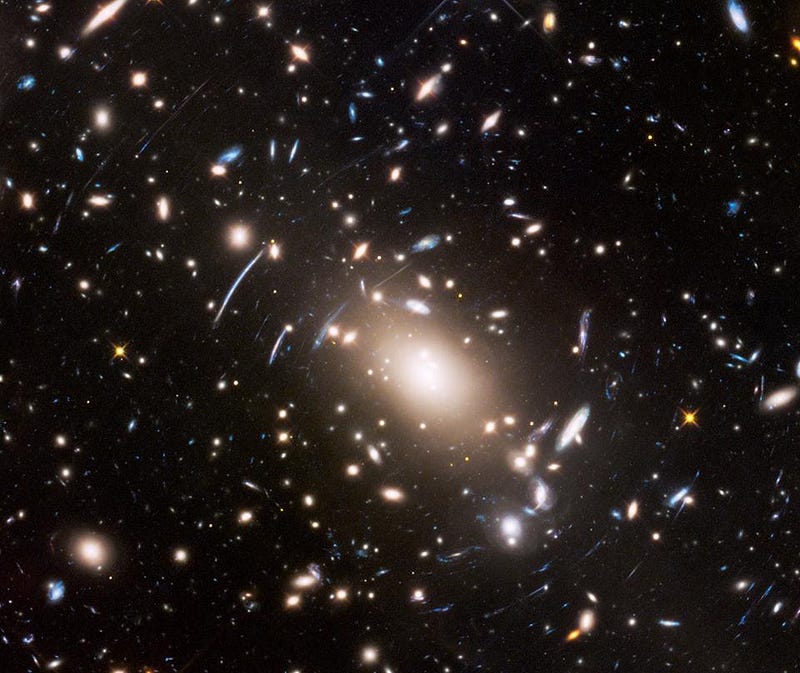
And perhaps most importantly of all, we were able to look into the vast abyss of nothingness, photographing what lies beyond our visual reach for hours, days or even weeks at a time. What we wound up seeing changed our view of everything.
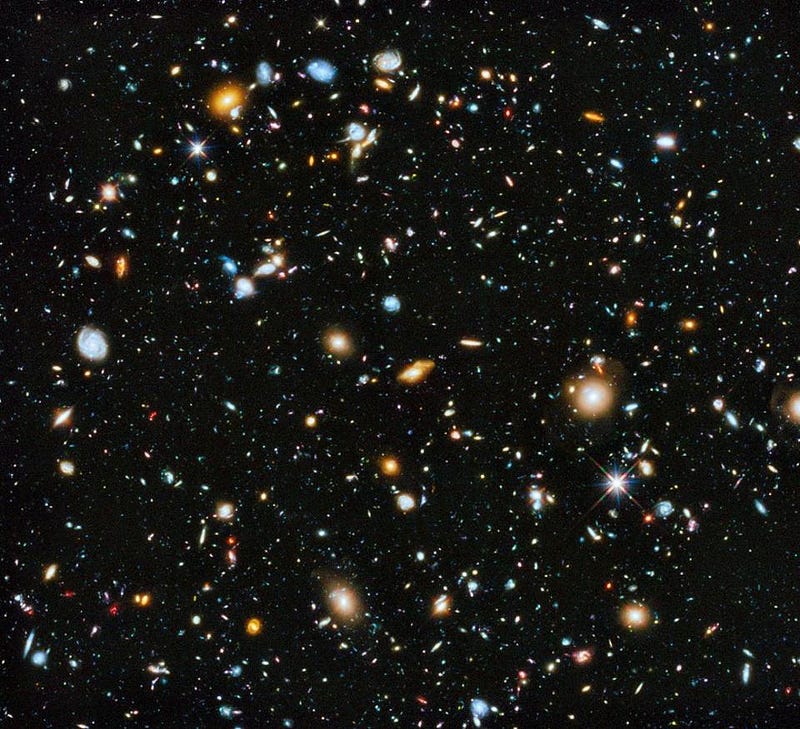
Thanks to Hubble, we now know how stars are born, live and die. We know how galaxies form and grow in the Universe. We know what the ultimate fate of our Universe will be, and where we’re headed in the future. But even without any of this scientific knowledge, Hubble taught us something absolutely incredible: it showed us that this is what our Universe looks like.
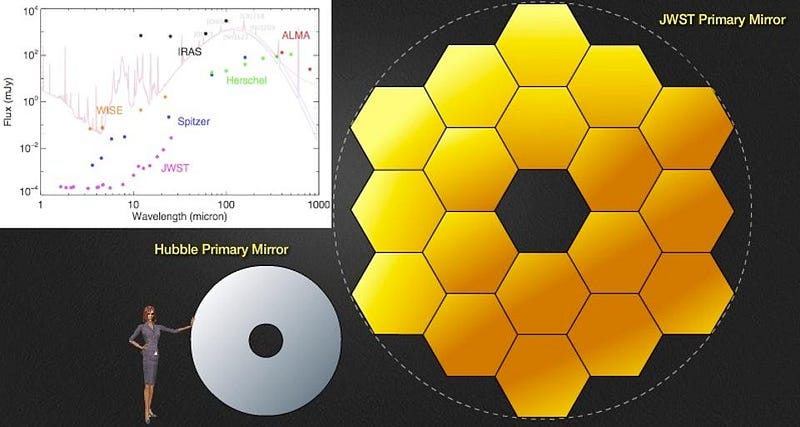
By the same token, the James Webb Space Telescope will teach us an incredible amount about the Universe, including further details about how stars form, what the earliest stellar populations look like, will show us gas giants and rogue planets in unprecedented detail and will tell us what made up the Universe at any given time in the past. It will show us a whole slew of things that Hubble cannot, by virtue of it reaching to much longer wavelengths of light than Hubble could ever hope to see. And with its huge, large-aperture primary mirror, it will be able to collect more light in a single day than Hubble could in a week. The most exciting things, of course, will be the unexpected: the things we’ll discover that we don’t even know to look for yet.
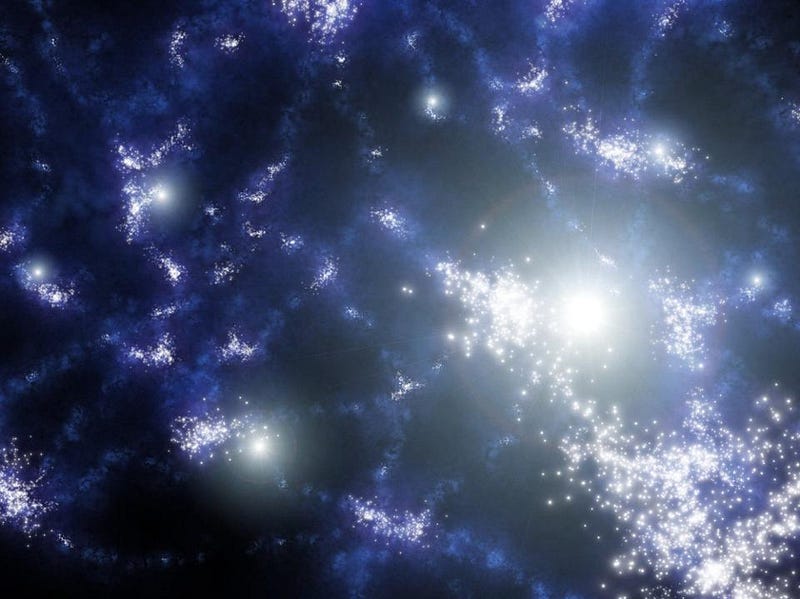
But even if you don’t learn about any of the science that James Webb will bring to us, there’s one thing it will deliver that everyone can enjoy: the James Webb Space Telescope will show us how the Universe grew up.
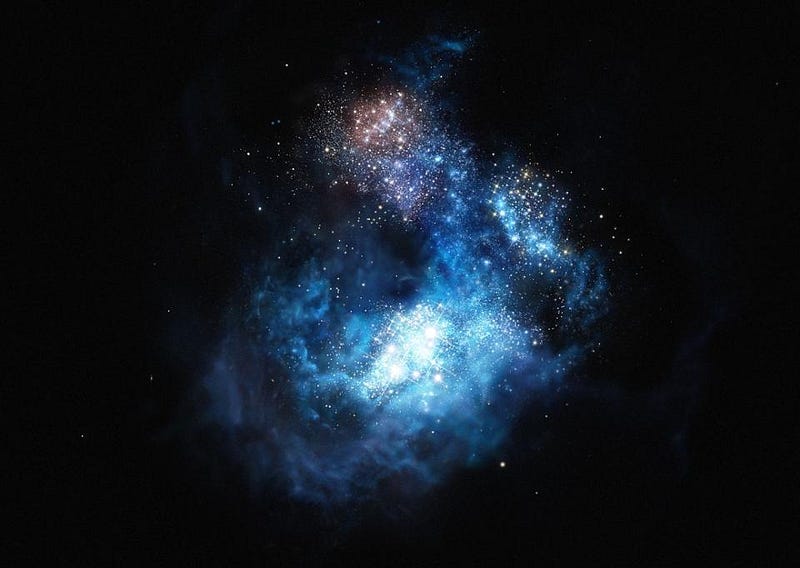
It will show us how the Universe went from the hot Big Bang and a state with no stars, no planets and no galaxies into the Universe we have today. It will reveal the very first populations of stars, which were created out of the pristine elements — hydrogen and helium alone — which provided the first light in the Universe.
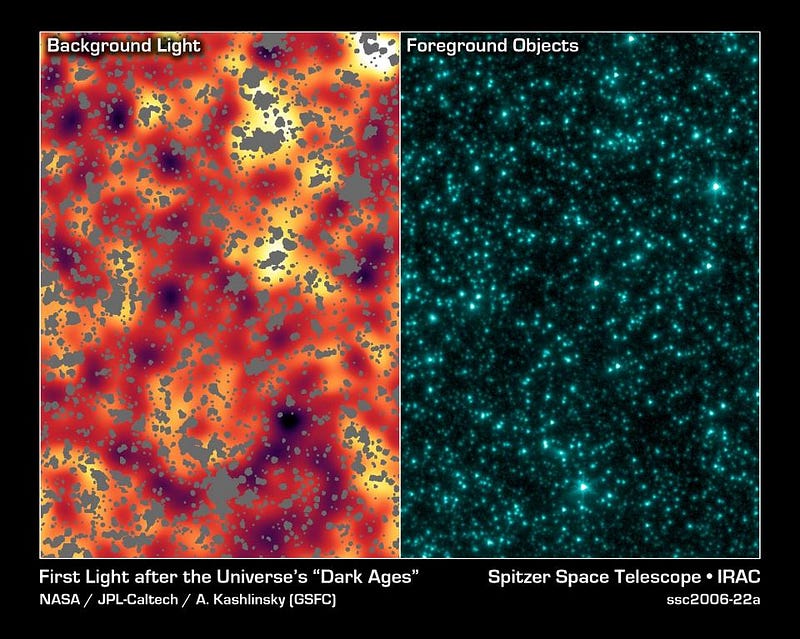
It will reveal how these first stars grew into star clusters, dwarf galaxies and eventually massive behemoths like our own. It will show us how the neutral atoms became ionized, and transparent to visible light. It will show us when and where the Universe became filled with oxygen, carbon and nitrogen: the elements essential to life. In short, it will tell us how the Universe went from being an inhospitable, smooth complex of pristine gas to the rich, diverse set of planets, stars, galaxies, clusters and great cosmic voids we enjoy today.
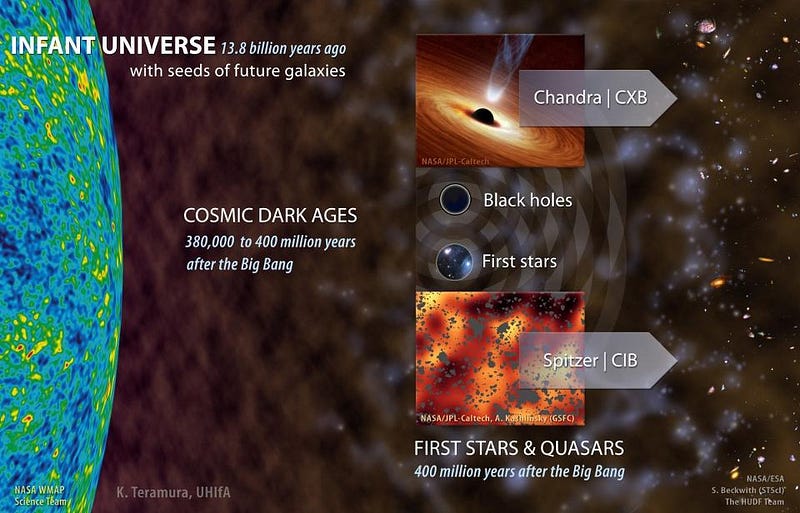
Hubble showed us what the Universe looks like; James Webb will show us how the Universe came to be the way it is today. Don’t ever say that James Webb is the “next Hubble,” it isn’t and it should never be. Instead, it’s the first James Webb, and when it starts returning images of the Universe, you may never look at your place in the Cosmos the same way again.
This post first appeared at Forbes, and is brought to you ad-free by our Patreon supporters. Comment on our forum, & buy our first book: Beyond The Galaxy!





